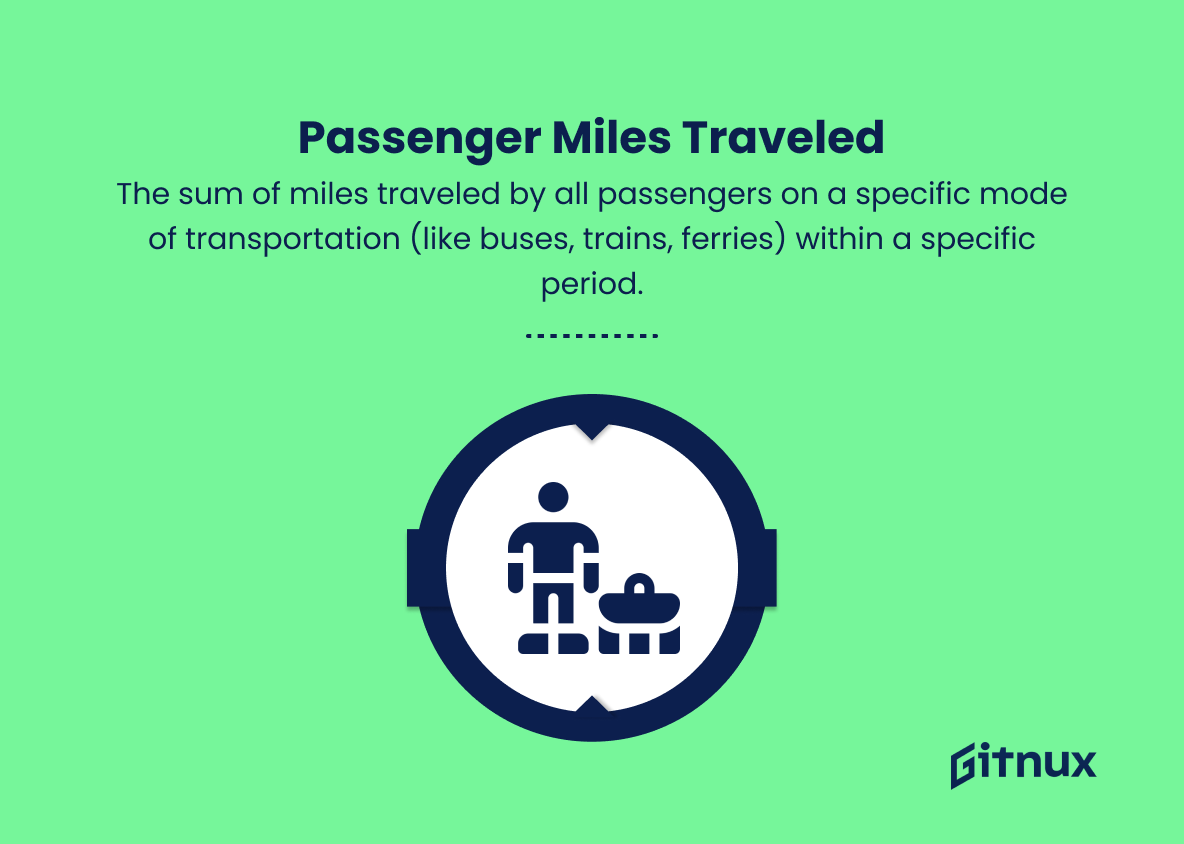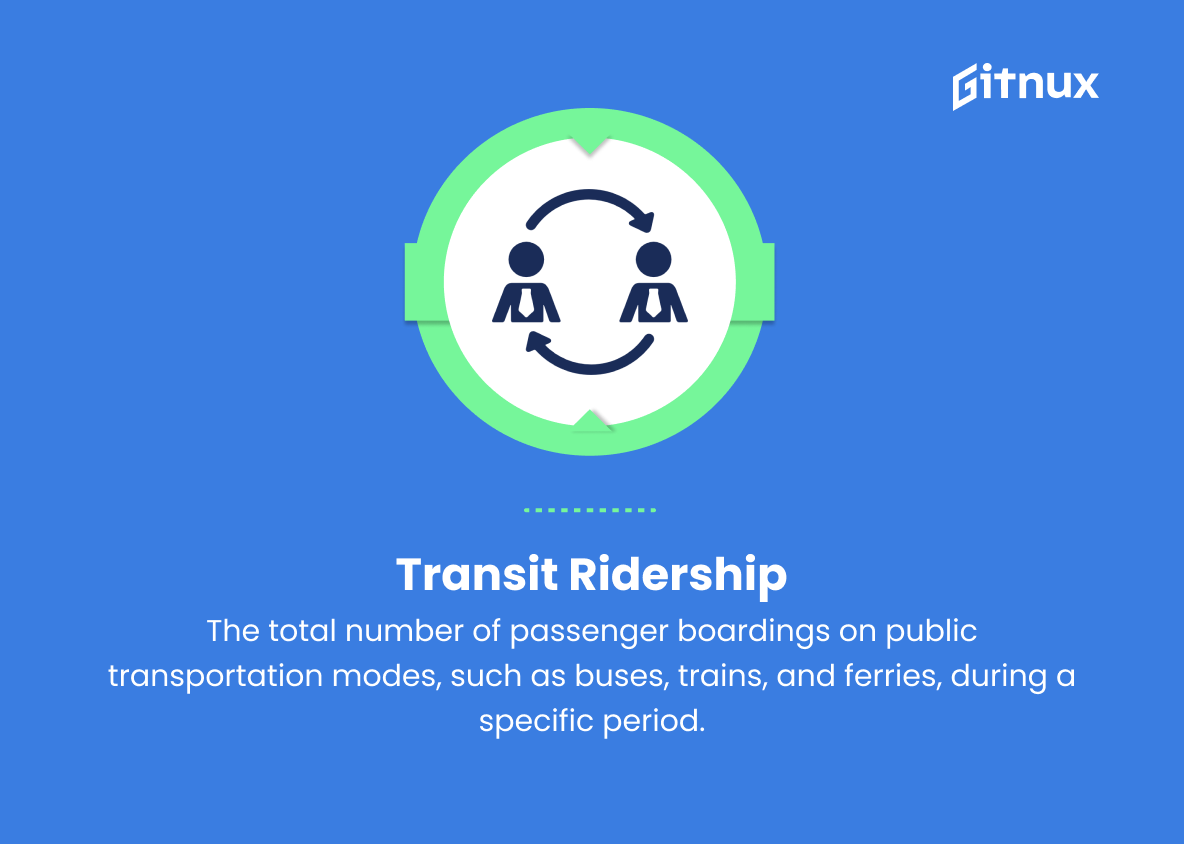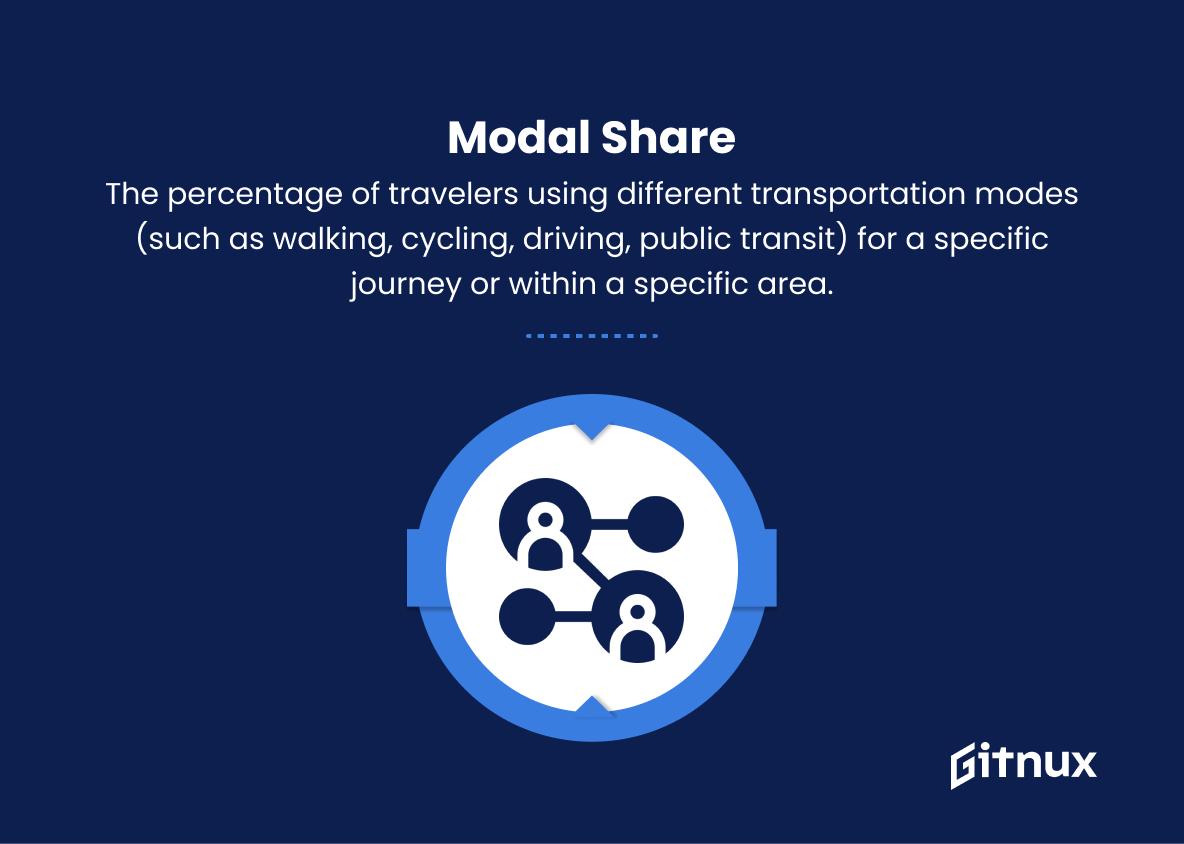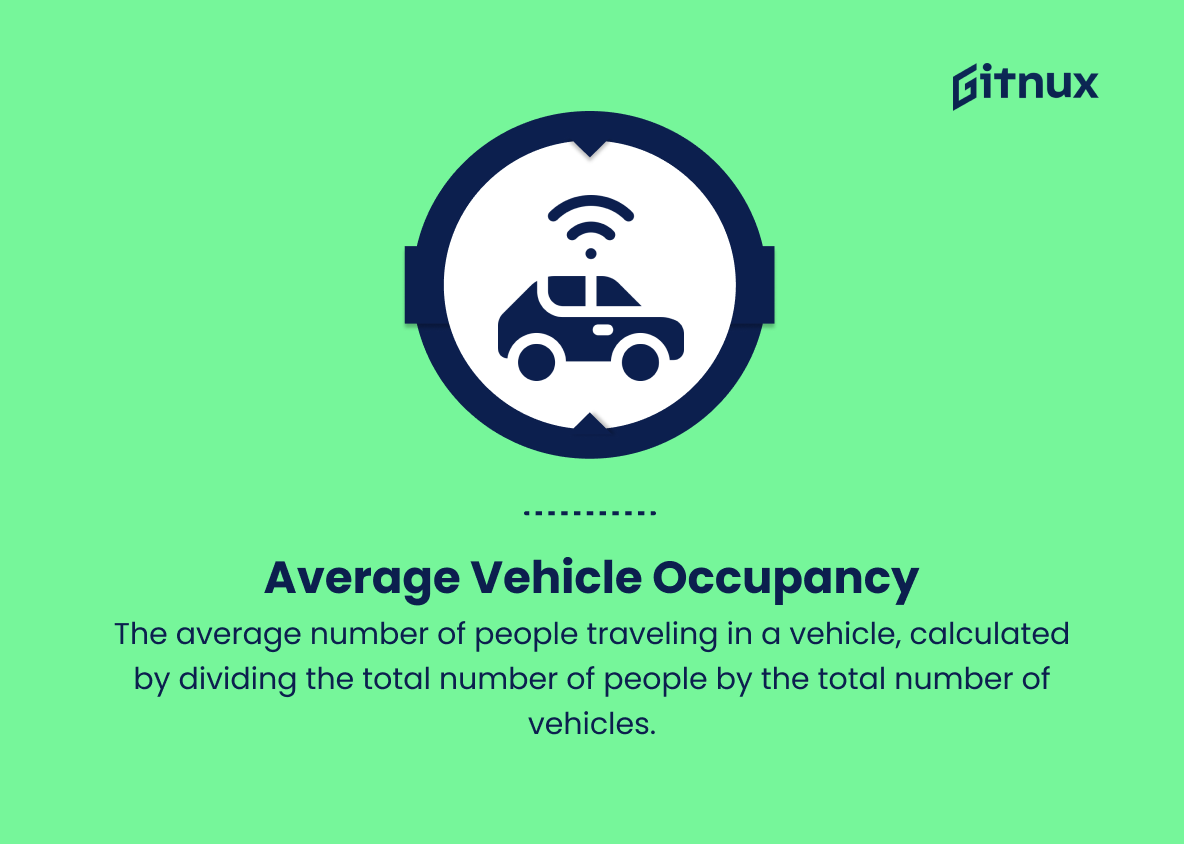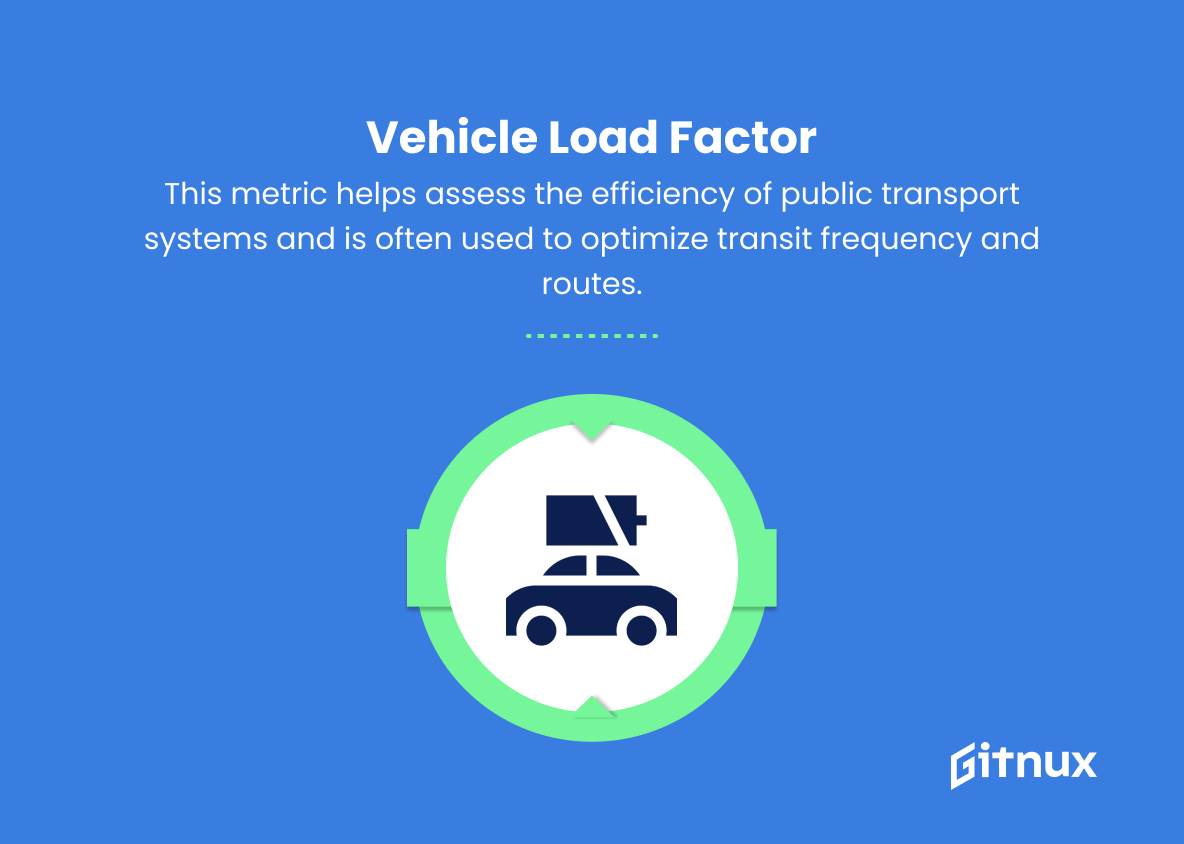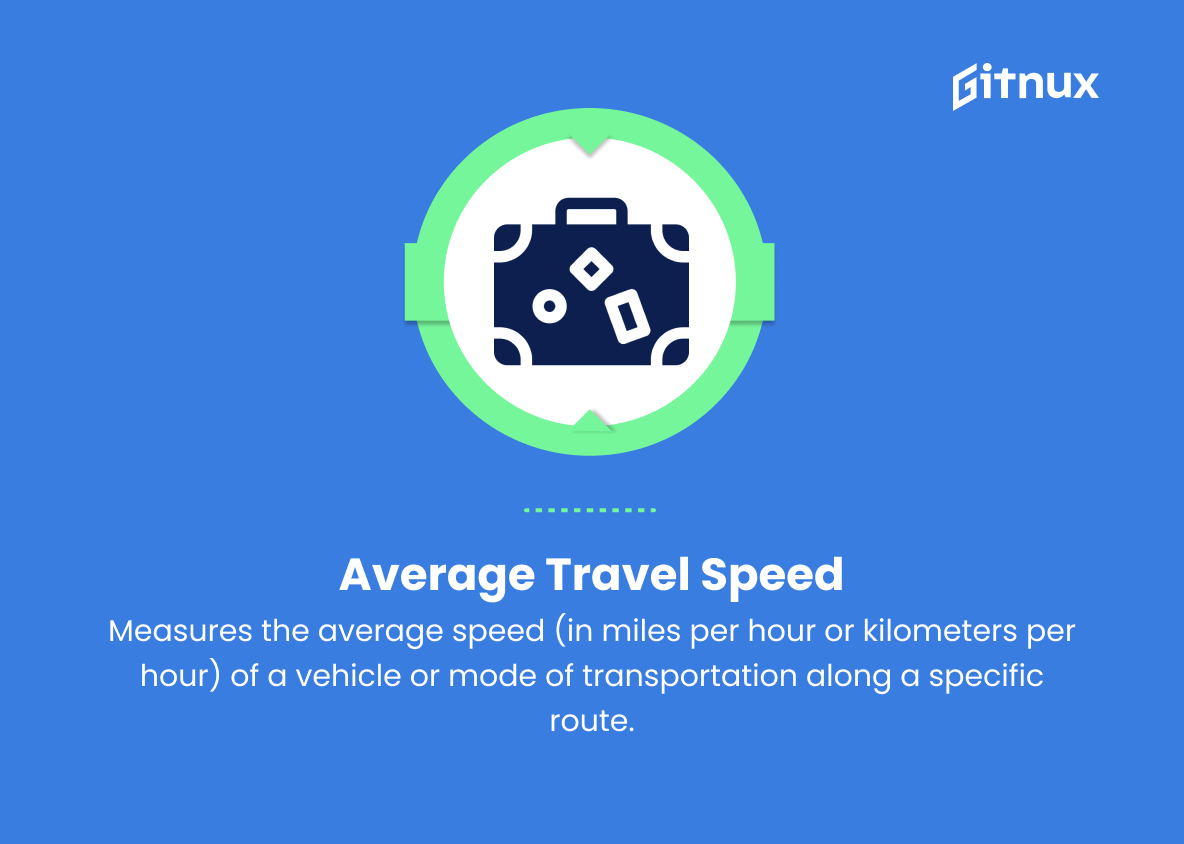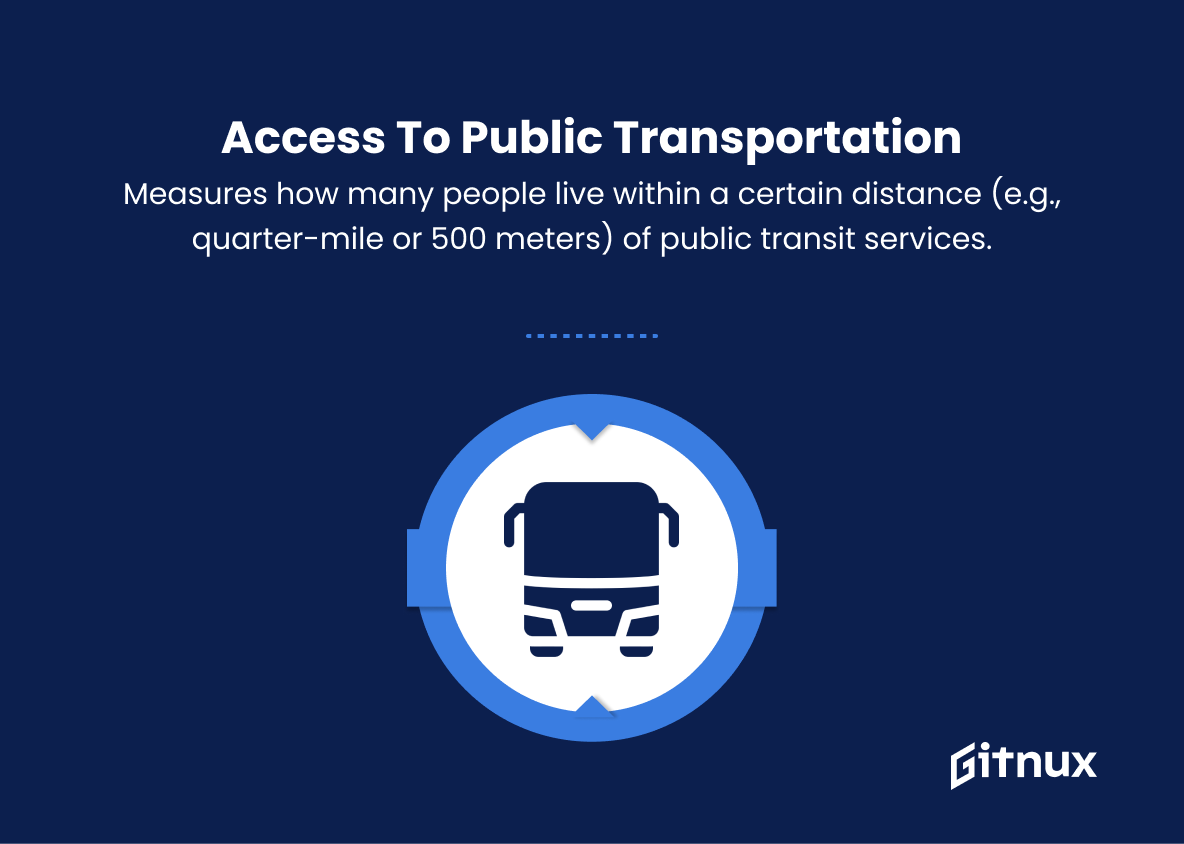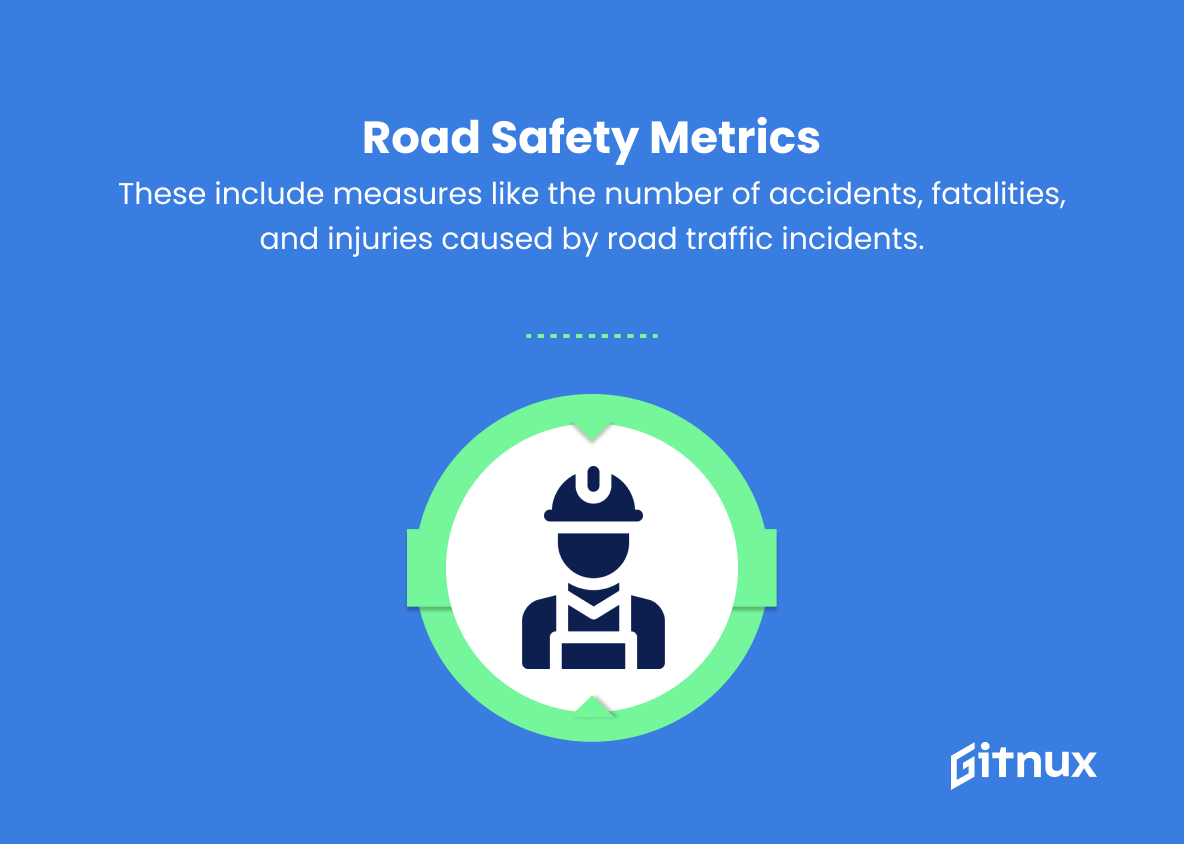In today’s fast-paced world, the significance of efficient and effective transportation systems cannot be overstated. Transportation metrics, a critical aspect of understanding and improving our mobility options, play an integral role in shaping sustainable and economically viable strategies for the way we move.
In this thought-provoking blog post, we will delve into the complexities and importance of transportation metrics, exploring how they influence infrastructure planning and policy-making, while also addressing the ongoing challenges faced by transportation experts, urban planners, and policymakers alike. Join us as we journey through this intricate landscape, shedding light on the driving forces behind the continuous evolution of our transportation systems.
Transportation Metrics You Should Know
1. Vehicle Miles Traveled (VMT)
Total number of miles driven by all vehicles within a specific region during a specific time period. Often used to measure the overall use of transportation infrastructure and gauge the impacts of different transportation policies.
2. Passenger Miles Traveled (PMT)
The sum of miles traveled by all passengers on a specific mode of transportation (like buses, trains, ferries) within a specific period. PMT helps evaluate the overall utilization and performance of a particular transit system.
3. Transit Ridership
The total number of passenger boardings on public transportation modes, such as buses, trains, and ferries, during a specific period. This metric helps assess the popularity and effectiveness of public transit systems.
4. Modal Share
The percentage of travelers using different transportation modes (such as walking, cycling, driving, public transit) for a specific journey or within a specific area. Modal share is a key indicator of the balance and sustainability of a region’s transportation system.
5. Average Vehicle Occupancy (AVO)
The average number of people traveling in a vehicle, calculated by dividing the total number of people by the total number of vehicles. AVO helps assess the efficiency of a transportation system in terms of moving people and reducing congestion.
6. Vehicle Load Factor
The ratio of the total number of passengers in a vehicle to its maximum passenger capacity. This metric helps assess the efficiency of public transport systems and is often used to optimize transit frequency and routes.
7. Transportation Network Coverage
The extent to which different modes of transportation connect destinations, measured using metrics such as route length, network density, and the number of transit stations. Network coverage helps evaluate a transportation system’s accessibility and potential for usage.
8. Travel Time Reliability (TTR)
Measures the variance in travel times on a specific transportation corridor or route during a specific time period. TTR helps gauge the predictability of travel times, which impacts transportation planning and user experience.
9. Average Travel Speed
Measures the average speed (in miles per hour or kilometers per hour) of a vehicle or mode of transportation along a specific route. This metric helps evaluate the efficiency and congestion levels of transportation systems.
10. Access to Public Transportation
Measures how many people live within a certain distance (e.g., quarter-mile or 500 meters) of public transit services. This metric helps assess the connectivity and inclusiveness of a transportation network.
11. Transport CO2 Emissions
Measures the total amount of carbon dioxide emissions generated by the transportation sector, accounting for different modes of transportation. This metric is essential for evaluating the environmental impacts of a region’s transportation system.
12. Road Safety Metrics
These include measures like the number of accidents, fatalities, and injuries caused by road traffic incidents. Road safety metrics help evaluate the performance of a transportation system in terms of user safety and well-being.
13. Transportation Affordability
The cost of using different transportation modes, include factors like public transit fares, fuel prices, and maintenance costs. Transportation affordability metrics help assess the economic sustainability and accessibility of a transportation system.
Transportation Metrics Explained
Transportation metrics are crucial in understanding the efficiency, sustainability, and overall performance of a region’s transportation system. Metrics such as Vehicle Miles Traveled (VMT) and Passenger Miles Traveled (PMT) help gauge the usage and impacts of various transportation policies and transit systems. Transit Ridership, Modal Share, and Access to Public Transportation provide insights into the popularity, balance, and inclusiveness of different modes of transportation.
Average Vehicle Occupancy (AVO), Vehicle Load Factor, and Transportation Network Coverage assess the system’s efficiency in moving people and reducing congestion. Travel Time Reliability (TTR) and Average Travel Speed consider the predictability of travel times and the level of congestion. Environmental impacts can be measured through metrics like Transport CO2 Emissions, which help in evaluating the effects on the environment. Road Safety Metrics and Transportation Affordability are essential in assessing user safety, well-being, and economic sustainability of a transportation system.
In summary, these metrics provide valuable insights into various aspects of transportation systems, making them key tools for planners, policymakers, and stakeholders.
Conclusion
In summary, transportation metrics are the backbone of an efficient and effective transport system. By implementing targeted measurements and data-driven optimization strategies, stakeholders can better evaluate performance, streamline operations, and enhance the overall user experience. By bridging the gaps between planning, operations, and management, these metrics foster collaboration and knowledge sharing, ultimately contributing to a more sustainable, resilient, and customer-centric future for transportation.
As we continue to innovate and evolve our transport systems, the importance of comprehensive, accurate, and relevant transportation metrics cannot be overstated, and their role will be instrumental in shaping the mobility landscape of tomorrow.

